Reclaiming Milwaukee: Why Tearing Down I-794 Is the Right Choice
Milwaukee is at a turning point. The conversation around the future of I-794 is more than just an infrastructure debate — it’s a chance to redefine the heart of our city.
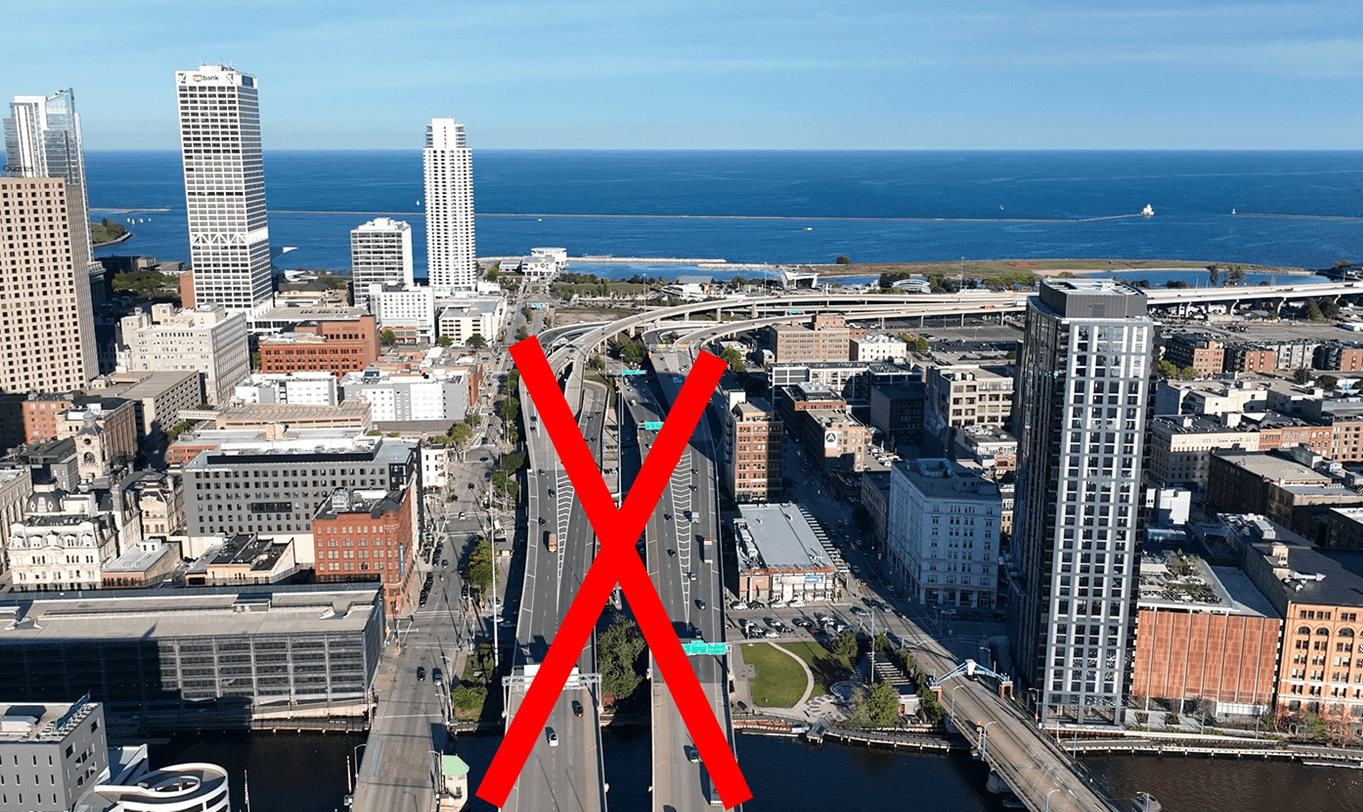
The Wisconsin Department of Transportation is currently considering four options for the future of I-794:
Replace in Kind – Rebuild the freeway largely as it exists today:
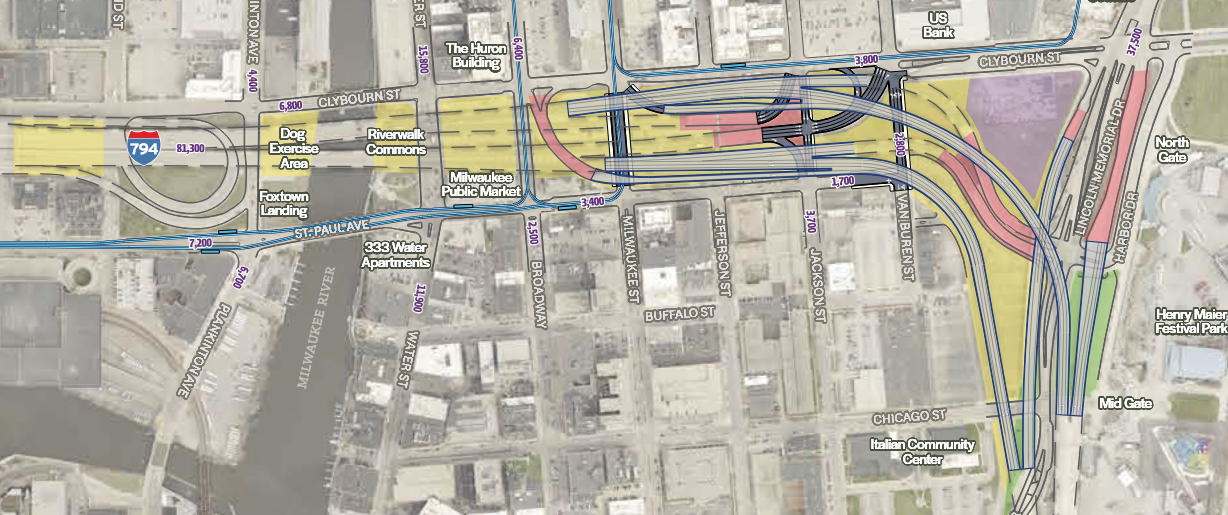
Left-Side On-Ramp Improvements – Tightens existing footprint, removes 1 set of ramps, and returns some land (6 acres) for development use:
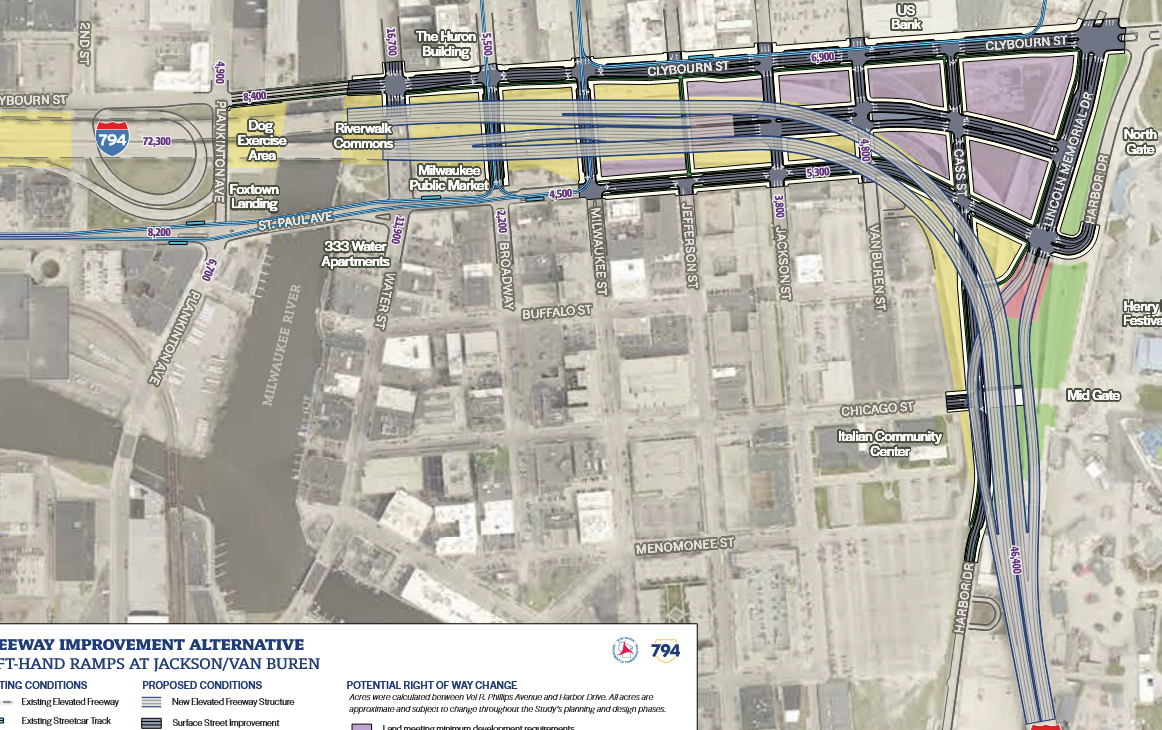
Right-Side On-Ramp Improvements – Further tightens existing footprint and returns 1 more acre for use (7 total):
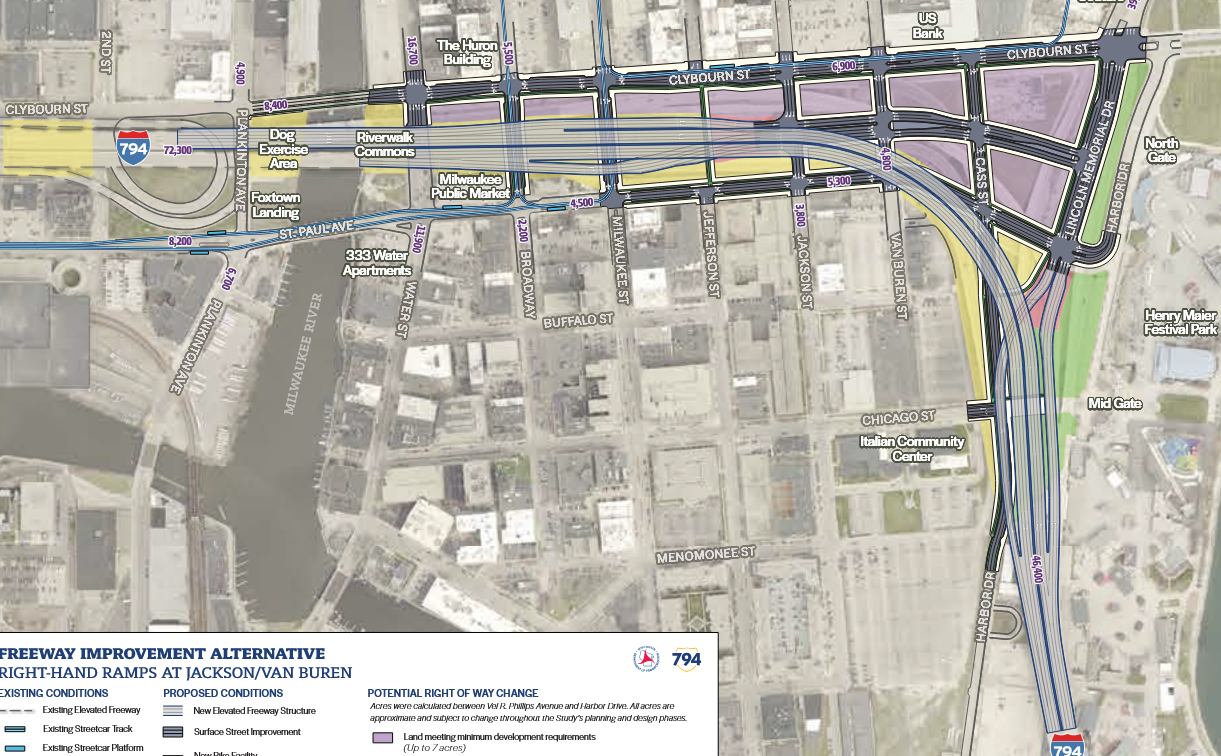
Full Tear-Down – Remove the elevated freeway entirely and replace it with a ground-level boulevard, street grid, and returns 16 acres for use:
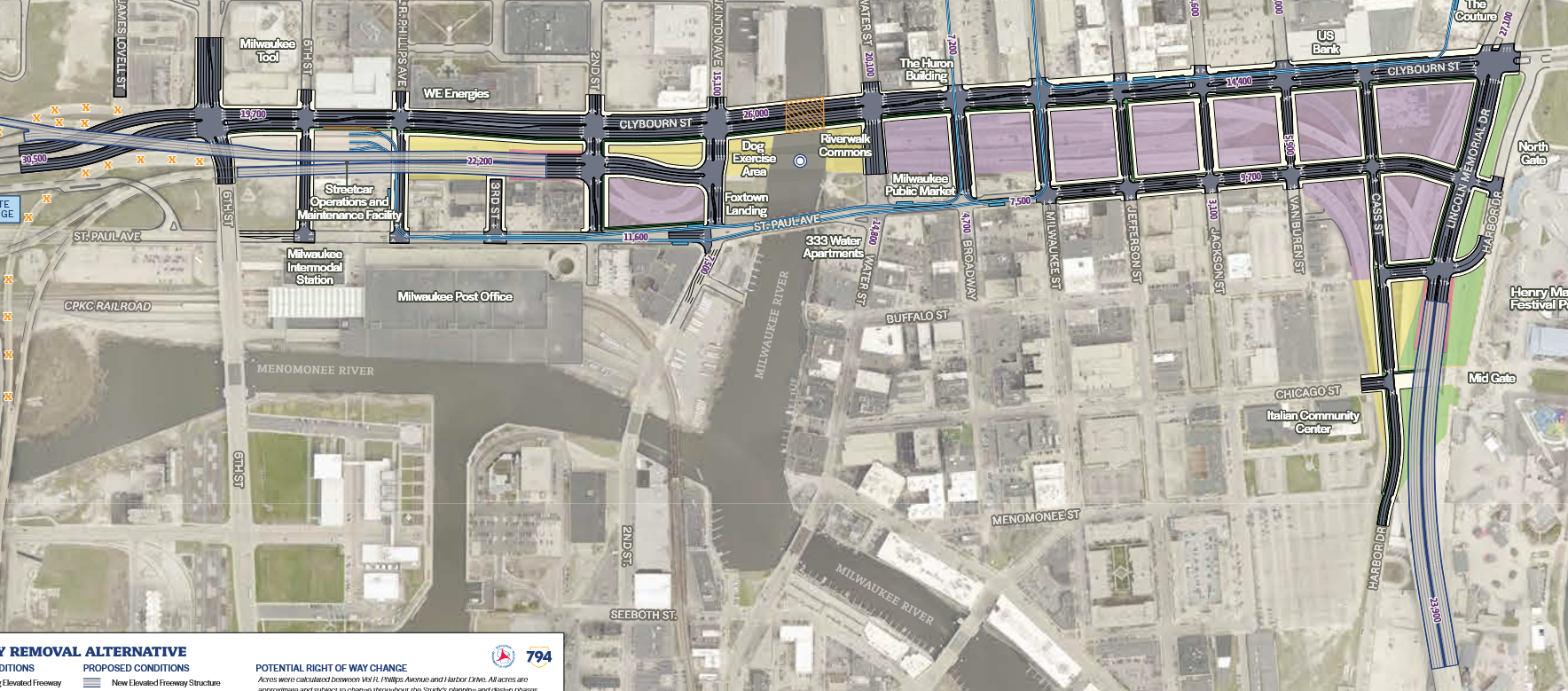
Of these, the full removal of I-794 is by far the most promising. It’s the only option that truly transforms the urban fabric, reconnects neighborhoods, and reclaims land for homes, businesses, and public life. It would create a more livable, walkable, and bike-friendly downtown while unlocking some of the most valuable real estate in the city and returning it to the tax base. ReThink794 does a great job demonstrating the potential of the area without I-794.
The other options amount to tweaks that preserve the existing car-first infrastructure — widening ramps, shifting lanes, and rebuilding the same barriers that have divided downtown and the Third Ward for decades. These changes would do little to address the real opportunity before us: to reimagine downtown Milwaukee as a place where people, not cars, come first.
Even the current tear-down proposals raise some concerns. Many designs still include too many traffic lanes spilling off I-43/94 into downtown’s street grid. These lanes are meant to prevent backups during major events, but most of the time they’ll simply encourage speeding, reckless driving, and longer crossing distances for people walking or biking. They will make it harder — and more dangerous — for people to move through the city on foot, bike, wheelchair, or transit. That’s directly at odds with Milwaukee’s stated goal of building the most walkable downtown in the Midwest.
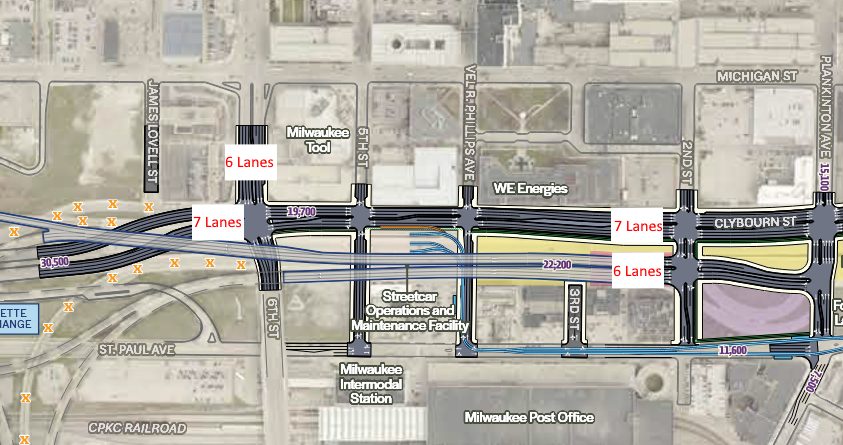
We need to design streets that slow cars down — not speed them up. Raised intersections, speed tables, tighter curb radii, and narrower roadways have all been proven to reduce crashes and make streets safer for everyone, including drivers. Vel R. Phillips and Wisconsin is a good local example of how a better intersection design can change driver behavior for the better.
When I brought up traffic calming to a WisDOT representative, I was told it would hurt vehicle throughput. But this is exactly the kind of outdated thinking that got us here. We cannot continue prioritizing the smooth flow of traffic at the cost of human lives.
As Wes Marshall notes in Killed by a Traffic Engineer, “More people have died on US roads than in all US wars and conflicts combined, including the American Revolution.” That sobering fact reminds us what’s truly at stake.
It’s not just drivers — in 2024 alone, Milwaukee County saw over 600 crashes involving pedestrians and bicycles — 22 of them fatal. These are not just statistics. They are lives lost, families grieving, and communities shaken. If we keep designing streets around rare traffic surges instead of everyday safety, we will keep seeing these tragic outcomes.
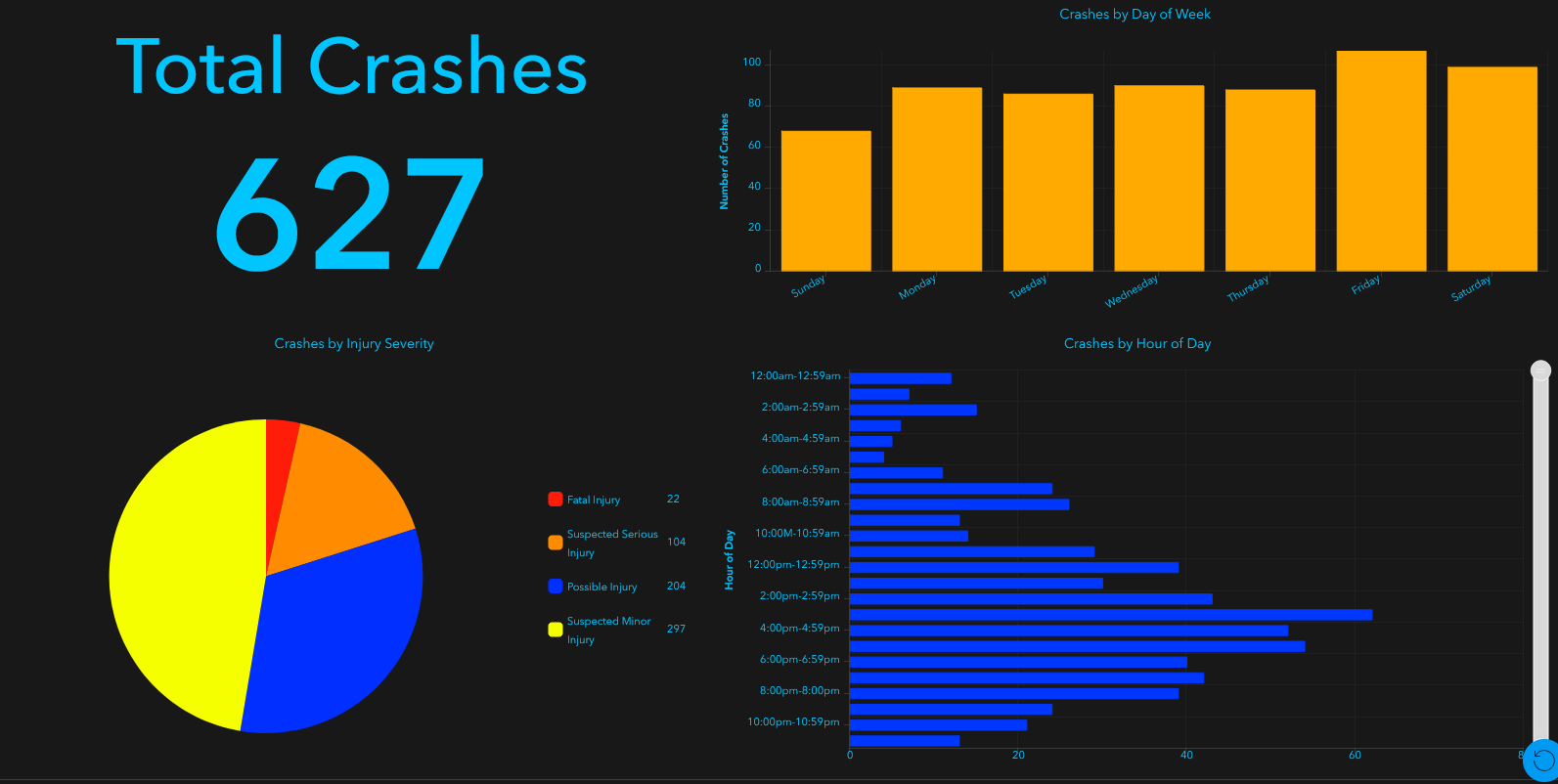
This is a once-in-a-generation opportunity to reshape Milwaukee’s future. Let’s not waste it by rebuilding the past. Let’s tear down I-794 and build a downtown that works for people — not just for cars.
If you feel the same as me, please let the Wisconsin DOT know and attend the meetings later this year.